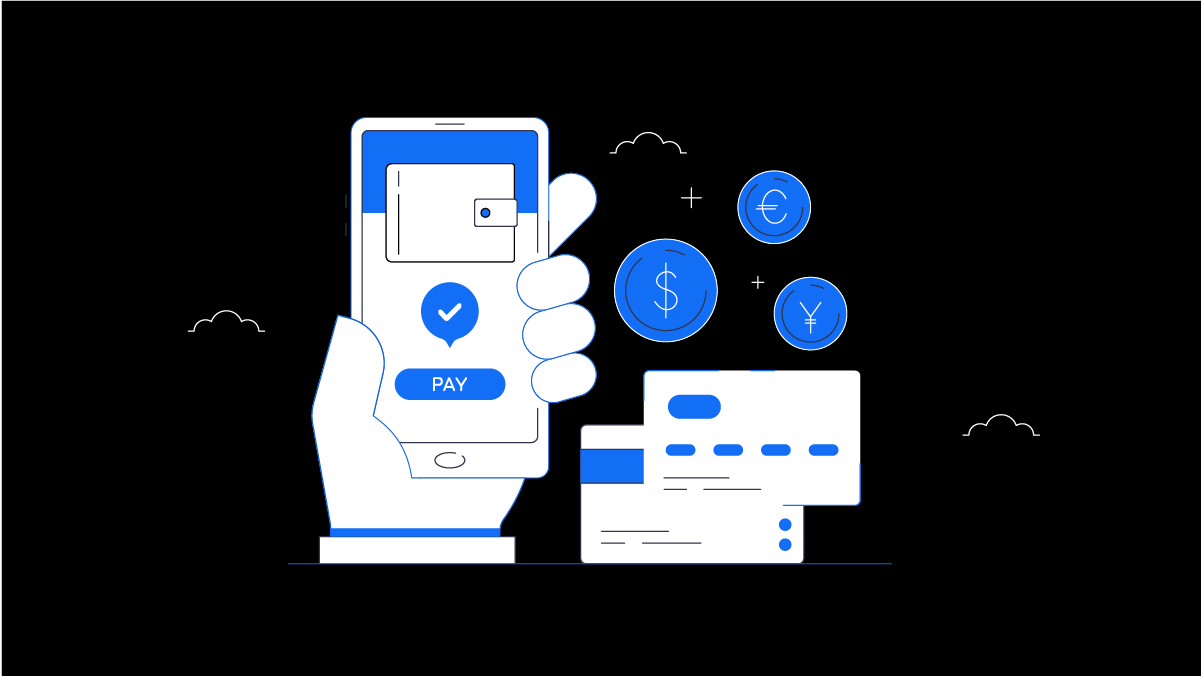As more and more businesses decide to reach a global audience and sell overseas, it’s crucial to understand these customers’ preferred payment methods during the checkout experience in this new market.
Often referred to as Alternative Payment Methods (APMs) — as the name implies — it is an alternative to traditional credit card payments and is very popular in international markets.
While the expression “alternative” might be misleading since, in some countries, APMs are much more popular than traditional payment options like we see in the U.S.
For instance, iDeal in the Netherlands, Blik in Poland, and Bancontact in Belgium are the most prominent examples in the European market. Not to mention mobile wallets like Apple Pay or Google Pay are available worldwide.
In this article, we’ll delve into the Shift4 world of payment methods and explain the complex interdependencies between the four key players involved: the customer, the merchant, Shift4, and the payment method provider.
Five Things to Keep in Mind Before Integrating APMs
Ecommerce businesses are constantly seeking innovative ways to enhance customer experience. One of the most effective ways to achieve this is to reduce friction at the point-of-purchase by integrating alternate forms of payment that cater to customer preferences.
When choosing an APM solution for your business, there are several factors to consider, such as security, convenience, and accessibility.
- Payment methods support certain currencies and countries. Merchants should identify relevant payment methods based on their business model and their customer’s geography.
- Every payment method has specific requirements and/or additional restrictions that merchants must comply with.
These may refer to marketing guidelines, restricted businesses, handling disputes and refunds, and more. Merchants should check relevant documentation and payment terms before incorporating the payment method. - No sensitive data is collected during the payment process.
- Apart from Apple Pay and Google Pay, which will use tokenized card data, other APMs like Blik or Klarna don’t require tokenization.
- Every payment needs to be confirmed in real-time, therefore, APMs don’t work for recurring payments.
APMs From Developers’ Perspective
With the rise of online transactions, the need for more flexible and secure payment options has become a top priority for developers and businesses alike. Alternative payment methods have emerged as a solution to meet this demand, offering users more options to pay for goods and services online.
From the developer’s standpoint, these methods can be divided into two groups:
- Redirect-Based: The user is redirected to an external URL to complete payment after charge creation.
- Apple Pay and Google Pay: The browser displays a native payment sheet on top of the browser window prior to charge creation.
What are the differences between them when it comes to the integration process?
Redirect-Based Process
For the vast majority of the payment methods (the ones that are redirect-based), the process goes as follows:
- The customer clicks “buy” on the merchant’s website for an online purchase, goes to the payment page, and chooses their preferred payment method.
- The checkout page automatically adjusts and the customer has to put their data into the required fields. Typically, it’s just the customer’s name, but some payment methods require additional information.
- The charge is created and the customer is redirected to the payment method website, where they must authorize the payment. The authorization varies depending on the specific payment method. Some common examples include via a passcode, a random code generated by the payment method provider, or by logging in to the customer account.
- Once the payment is processed, the customer is redirected to the previously defined URL, which the merchant defines when integrating a particular payment method, and the merchant can check the payment status.
To ensure that the return URL is linked to the particular payment, Shift4 adds to that URL an additional parameter called “clientObjectId.” Thanks to this additional parameter, the merchant can check the payment status without going to their backend.
Instead, they can do it the hassle-free way, directly in the browser with our software development kit (SDK). The good thing is that clientObjectId can be used securely in the browser with the public key without the risk of data exposure, since it exposes the charge result and not the charge data.
Apple Pay & Google Pay
Unlike the redirect-based process, Apple Pay and Google Pay work differently in that they both display native payment sheets on top of the browser window.
Assuming the customer accepts the payment, they can authenticate purchases in several ways.
- Apple Pay: By looking at the screen for Face ID verification, entering a passcode, placing their finger on the Touch ID sensor, or double-clicking the side button of their Apple Watch.
- Google Pay: Transactions require a Google PIN, pattern, password, or screen unlock. They can also be verified via a security code sent by Google.
Remember that for Google Pay transactions, a 3D Secure (3DS) verification is added automatically when necessary (for pan_only tokens, such as transactions processed via desktop browsers).
Thanks to our SDK, the merchant doesn’t have to bother if the 3DS pop-up window should be displayed or if it is already incorporated in the payment process (for 3ds_cryptogram tokens, such as transactions processed via Android system, mobile apps, or mobile browsers).
It’s also worth mentioning that since both Apple Pay and Google Pay payment methods are connected with credit and debit cards, they replace the original card data with tokens to protect the original card numbers from being used during transactions.

Integration Without a Hitch
Providing customers with country-specific payment methods is easy with Shift4 since the integration takes place with the help of our SDK. All payment methods supported by Shift4 can be added in one installable package.
The merchant decides which payment method should go live and be offered to the customers and which one should be hidden for future use.
It’s also the merchant who has to adjust their checkout to the requirements of a particular payment method provider (detailed information on which attributes are required and which are optional are provided in the Shift4 docs).
What the merchant receives from Shift4 is the JS code responsible for a particular webpage behavior — for example, refreshing and displaying the payment status to the user. Our code doesn’t interfere with the visual side delivered by the payment method providers.
Each time the payment method is created, the merchant receives (via webhooks) the JSON response providing detailed information regarding the payment type, its creation date, the customer’s name, and other relevant details.
A similar process takes place when the charge is created.
Notifications Come in Handy
At the later stage, the merchant also gets notifications of the payment method status, the possible values of which can be:
- Chargeable: The payment method is ready to create a charge.
- Failed: Setup process of the payment method failed.
- Pending: The payment method requires some action, defined by flow property in the payment method object (for example, 3DS authorization).
- Used: The payment method was already charged and cannot be reused.
After creating the charge with the use of the chargeable payment method, its status can be one of the following three:
- Successful: The payment was completed successfully.
- Pending: The payment is being processed, and flow property describes the next required action.
- Failed: The payment failed.
If the charge status is pending, the flow property defines what will happen with the payment in the next step. What are the options?
- Redirect: The client can be redirected to the URL specified by the merchant.
- Wait: The payment is being processed.
- None: The payment was successfully made or failed.
The merchant receives such information via our webhooks to ensure that they have full and immediate control over the payment process.
Speed Up Global Expansion with Shift4
As businesses aim to expand their reach and cater to a global audience, offering country-specific payment methods becomes a necessity. With Shift4, integrating these APMs has never been easier.
Using our seamless SDK integration, merchants can effortlessly add multiple payment methods in a single installable package.
Once done, they have complete control over which payment methods are made available to customers, and they can easily adjust their checkout process to meet the requirements of each payment method provider.
Shift4 significantly simplifies the integration of APMs, and empowers merchants to provide a seamless and tailored payment experience to their customers.
If you want more information on how to integrate APMs into your payment strategy, check out the video below and discover how embracing alternative payment methods can help your business thrive and boost your checkout conversions.
